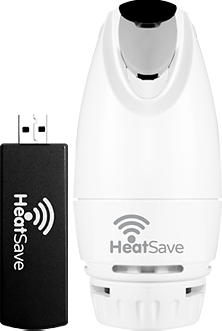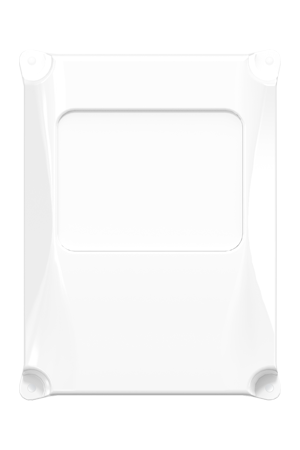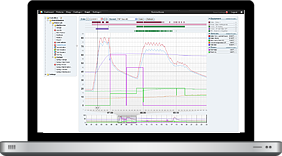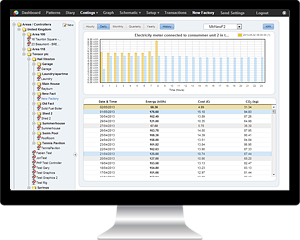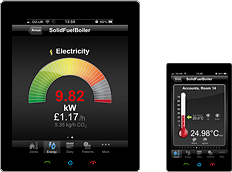Installed base of smart heating controls to reach close to 32 million by 2020
Smart thermostats and other intelligent heating management solutions will reach an installed base of nearly 32 million by 2020, a brand new market research report by Navigant Research has pointed out.
The report, called “Smart Thermostats”, suggests that, by 2020, penetration rates for smart thermostats will still be relatively low – 4.7 percent worldwide. In fact, it’s estimated that the global installed base of smart thermostats will grow from fewer than 1.4 million in 2013 to 31.9 million by 2020.
Energy supply companies will be quite keen on promoting these advanced energy controls to their customers, with three main opportunities existing in the utility sector: small utilities that are geared toward low-cost, high-reward smart grid upgrades and functionality; generation utilities that aim to avoid plant-related upgrades and expansion; and utilities that struggle to meet efficiency targets.
“Unlike products and solutions that are driven by government-sponsored utility smart grid programs, smart thermostats have remained largely in the commercial sphere, where individual energy efficiency awareness and cost savings determine purchasing decisions,” says Bob Lockhart, research director with Navigant Research. “However, the combined factors of increased energy awareness, interest in home automation and security tools, and more user-friendly solutions have led to an uptick in shipments for residential smart thermostats during the past year and have revived a sense of optimism and excitement among vendors and stakeholders.”
Without a doubt, the best solution for reducing and thoroughly managing energy bills is the implementation of a solid and reliable Building Energy Management system.
Building Energy Management Systems are capable of delivering extensive monitoring and control options, compared to basic controls. They typically employ data from a variety of sources (boiler flow and return sensors, internal and external temperature sensors, occupancy sensors, humidity sensors, etc.), and enable the perfect optimization of a building’s boiler-based central heating system.
If you’d like to find out more about the savings enabled by the HeatingSave Building Energy Management System, just contact our dedicated product team, they’ll be more than happy to answer all of your questions and queries.


